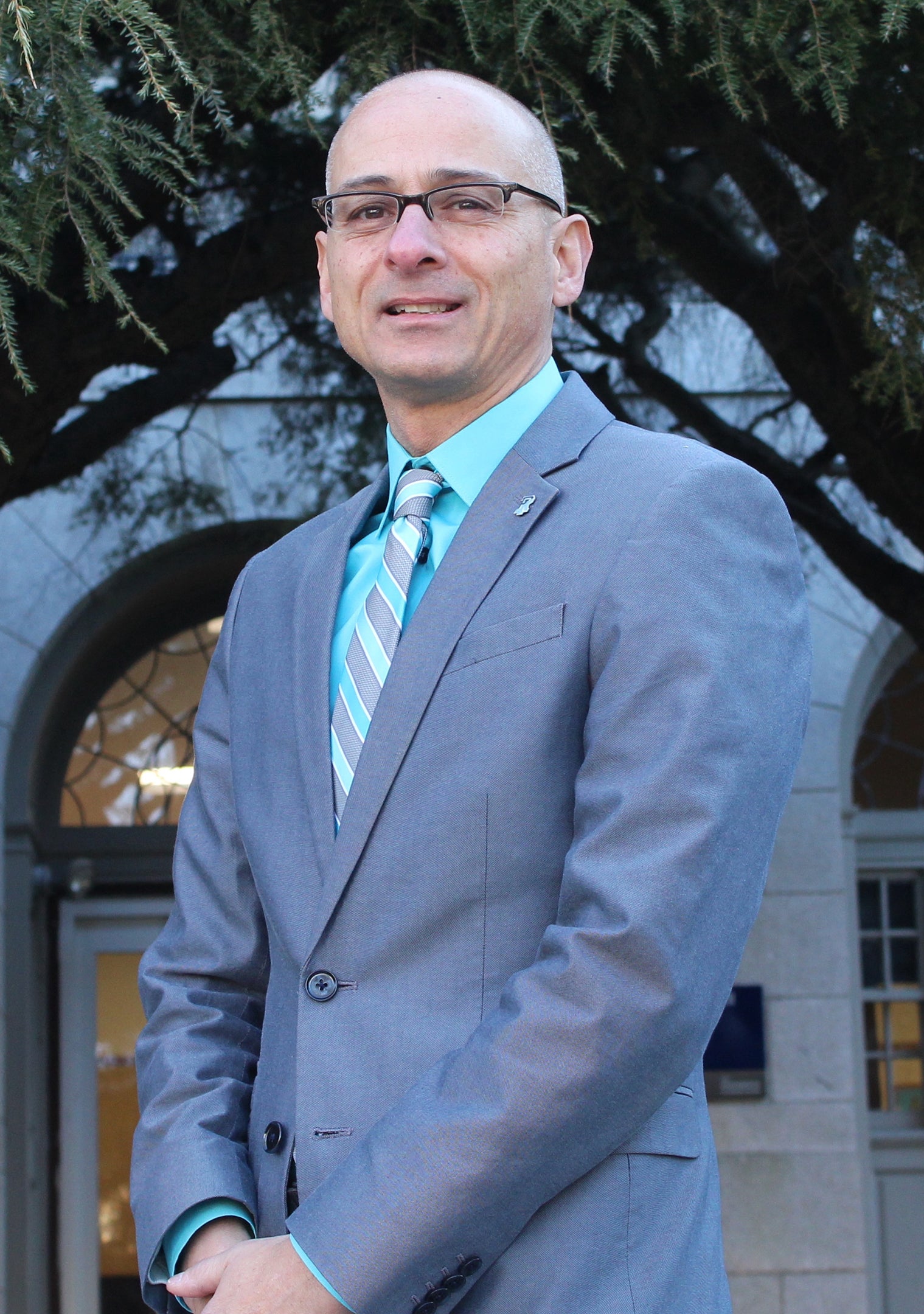KINGSTON, R.I. — January 14, 2021 — For the second time, a University of Rhode Island College of Health Sciences administrator is the lead editor of a book update that is considered the gold standard in sports medicine, exercise science and health and fitness. This is the first time two editors have come from the same University.
Dean Gary Liguori has been leading the 11th edition of “ACSM’s Guidelines for Exercise Testing and Prescription,” the flagship title from the American College of Sports Medicine, which sets the standards for the exercise profession. Health Sciences Associate Dean Deb Riebe edited the 10th edition of the book in 2017, for which Liguori served as an associate editor.
The important handbook delivers scientifically based standards on exercise testing and prescription in healthy and diseased patients. Founded in 1954, the American College of Sports Medicine promotes and integrates scientific research, education and practical applications of sports medicine and exercise science to maintain and enhance physical performance, fitness, health and quality of life.
The book is updated every four to six years, delivering the latest evidence-based recommendations and guidelines. Liguori’s edition is due out in March 2021, with exercise standards expected to be implemented in the fall. Liguori estimates he and his team of authors — including Riebe and Bryan Blissmer, director of the URI Institute for Integrated Health and Innovation — revised more than half the content in the book, including updating research with more relevant studies, deemphasizing antiquated exercise advice, and reflecting new techniques for measuring vital signs like ideal heart rate.
“One notable suggestion we made is around people who have open heart surgery,” Liguori said. “Patients have typically been ordered to restrict arm movement for fear of reopening the incision. But really all the evidence says that you can have arm movement; just be thoughtful about it. We’re not telling them to go out and do pushups or boxing the next day. But we’re really saying the evidence shows, within limits, you don’t have to be so restricted.”
Physical activity is also critical for brain health, the subject of a new, standalone chapter Liguori added to the Guidelines. It advocates the benefits of physical activity on everything from Parkinson’s and Alzheimer’s disease, to ADHD, depression and anxiety.
“Physical activity and exercise can reduce your risk or help you manage a condition much better,” Liguori said. “The increase in blood flow to the brain through activity is hugely beneficial. For example, with dementia, we know people with health conditions that restrict oxygen-rich blood flow to the brain tend to have worse outcomes, and exercise increases oxygen to the brain, which helps slow dementia and/or its symptoms. In other conditions like depression and anxiety, even a short bout — 10 minutes dancing around the living room — really reduces anxiety, and regular exercise can lead to a much lower incidence of depression.”
The benefits of high-intensity exercise, particularly in regard to various disease states like heart disease and high blood pressure, along with neurological disorders, continues to mount and is emphasized in this edition.
“The mode of exercise is not so important; just that you’re really working hard for a short burst of time,” Liguori said. “High intensity activity can be quite effective for a whole host of conditions. But really, any bout of activity, of any length, of any intensity, is helpful and absolutely better than no activity. If you sit at a desk all day, and you can get up periodically, even for just a minute or two to take a walk, that’s much better than not getting up at all throughout the day. The evidence is overwhelming that anything is helpful.”
This is not the first book Liguori has worked on with the organization. In addition to serving as associate editor on the previous iteration, he has also served as senior editor on the first edition ACSM Resources for the Exercise Physiologist, and senior editor on the organization’s annual Health Related Physical Fitness Assessment Manual. Editing the “Guidelines for Exercise Testing and Prescription” was a particular honor for him, given the importance the text holds in the exercise, kinesiology, physical therapy industries and more.
“I get a little chill when I think about being the editor,” Liguori said. “As a student and a young professional, one of the things I looked forward to every four or five years was when the new edition would come out, and seeing who was the team that did the new version. I really looked up to those people and admired them. So for me, it is incredibly humbling. It’s something I never even imagined would be on my horizon.”
Riebe, for one, was not surprised Liguori was chosen after an exhaustive review and interview period. His expertise in exercise science, along with his experience in academia and in having written and edited previous books for the organization made him an ideal candidate.
“The extraordinary job he did as associate editor certainly helped, but his academic background, and the contributions he’s made to the field from different areas is why he was chosen,” Riebe said. “He’s got a very strong reputation, and he’s highly respected in the field. The fact that they selected him, even though someone from the same school had previously held the position, shows how highly they thought of him. It should be a badge of honor that we’ve had two senior editors from the College of Health Sciences.”

